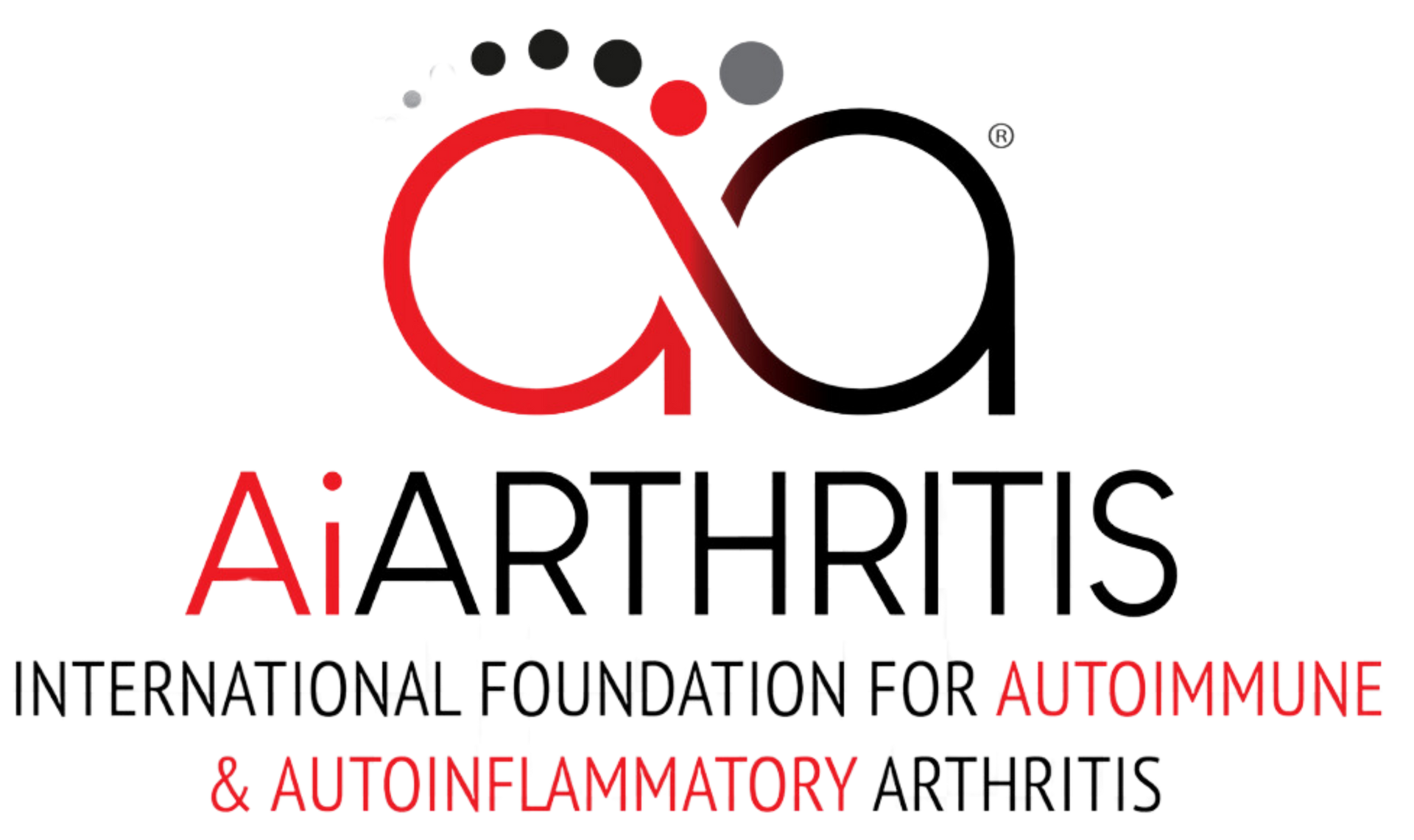For patients who have achieved remission or stable disease control, tapering medications can sometimes be a next step. Tapering is the process of gradually reducing the dosage or frequency of medication, with the goal of maintaining remission or low disease activity while minimizing the amount of medication needed.
Tapering Medications: A Careful Approach to Maintaining Remission
What is Tapering?
Tapering involves slowly and carefully reducing the dosage of medication under the guidance of a healthcare provider. This process is generally considered when a patient has been in remission or has had controlled disease activity for an extended period.
There are two key approaches to tapering:
Step-Down Tapering: Medications are reduced gradually over time, typically one at a time, with close monitoring to watch for any signs of disease flare-ups.
Combination Tapering: Multiple medications may be tapered simultaneously, often when a patient has been on a combination of drugs for a long period and wants to minimize overall medication use.
Benefits and Risks of Tapering
Tapering medications can have significant advantages:
- Reduced Side Effects: Many medications used to manage chronic diseases can have serious side effects. Tapering can help minimize the long-term risks associated with these drugs, such as organ damage or infections.
- Cost Savings: Reducing the dosage or discontinuing certain medications can help lower healthcare costs, especially for expensive biologics or long-term treatments.
- Decreased Medication Burden: Taking fewer medications can simplify a patient’s daily routine, reduce stress, and improve overall well-being.
However, there are also potential risks:
- Risk of Flare-Ups: One of the primary concerns with tapering is the possibility of disease flare-ups. Patients who stop medications too quickly may experience a resurgence of symptoms that can be difficult to control.
- Difficulty Returning to Remission: In some cases, once a patient stops a medication and experiences a flare, it may be harder to return to the previous state of remission or low disease activity. Rarely medications are completely stopped during remission but dosage may be reduced.
Tapering: A Shared Decision-Making Process
Shared decision making (SDM) in rheumatology is a collaborative process where patients and healthcare providers work together to make informed treatment decisions. This approach respects the patient's preferences, values, and needs while considering the best available medical evidence.
Tapering should always be a shared decision between the patient and their healthcare provider. It’s important to have an honest conversation about the potential benefits and risks, and to make sure that the patient is monitored closely during the tapering process.
The decision to taper medications is highly individualized, based on factors such as:
• How long the patient has been in remission
• Biomarker levels and other laboratory results
• The severity of the disease prior to treatment
• The patient’s overall health and lifestyle factors
Tapering can be a successful strategy for many patients, but it requires careful planning and close monitoring. If you are considering tapering your medications, talk to your healthcare provider about whether it’s the right choice for you and how to approach it safely.







